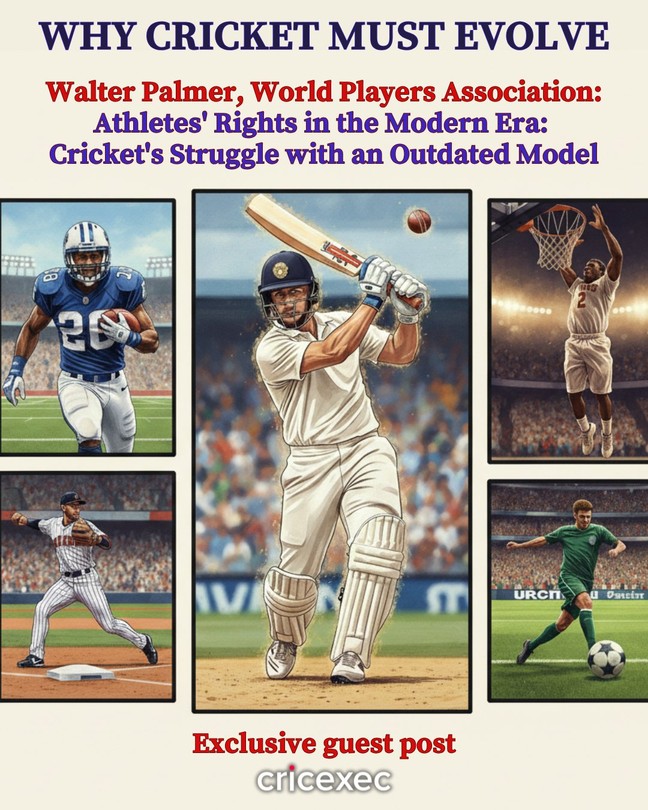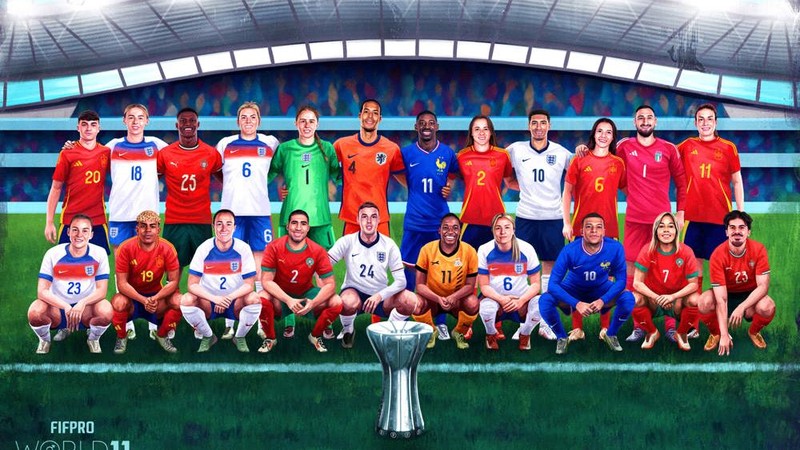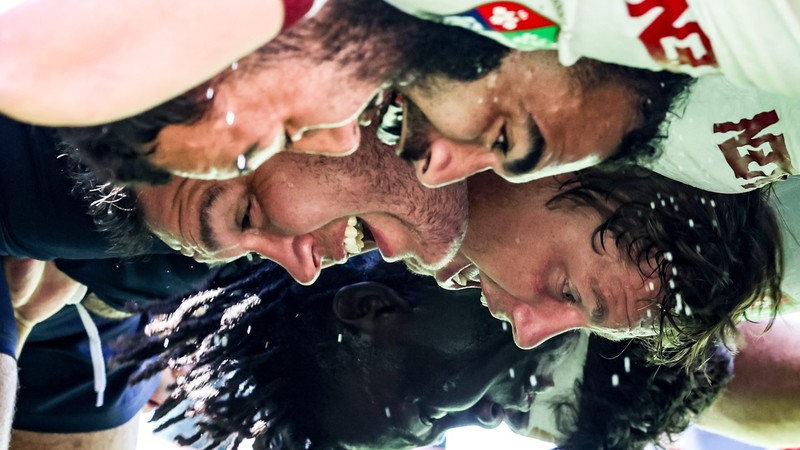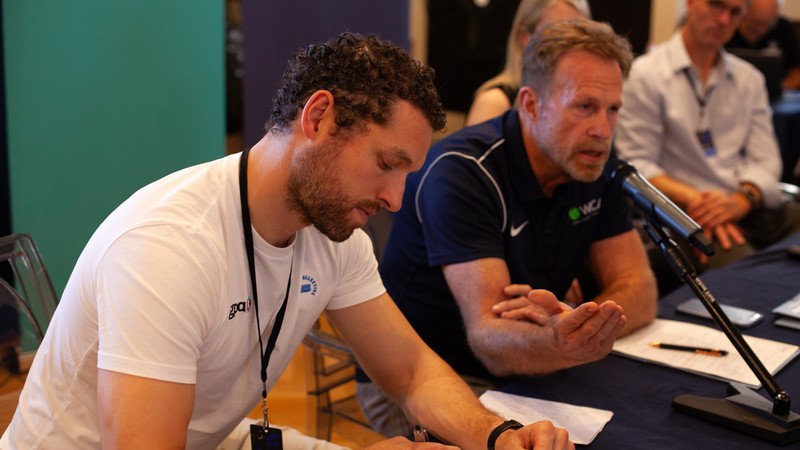The question of who controls athletes’ commercial rights – their name, image, and likeness (NIL) – strikes at the heart of power relations in professional sport. As cricket’s governing bodies increasingly push back against players’ efforts to collectively manage their own commercial rights, the sport finds itself relitigating battles that were settled decades ago in other professional sports. The outcome of this conflict will determine whether cricket joins the ranks of modern, professionally governed sports or remains trapped in an antiquated system where administrators claim ownership over the athletes who generate much of the sport’s value, and whose skill, image and identity, is the product being sold.
The Established Model in Professional Sport
The starting point is that athlete NIL rights are legally distinct from the rights owned by teams, leagues and governing bodies (i.e. their marks and logos). Neither should be used by the other without their consent, freely given. In the most commercially successful team sports globally – including the NBA, NFL, MLB, and NHL – a well-established principle governs player commercial rights: athletes license certain collective NIL rights to their players’ associations first, which then helps protect and optimize those rights on behalf of the membership. The model also exists in global football via FIFPro, the world footballers union, in European basketball, and in a number of other sports. In the US the model emerged from hard-fought battles in the 1960s and 1970s, especially the so-called “card wars” detailed by former MLBPA Executive Director, Marvin Miller, in his book “A Whole Different Ball Game”, when clubs and leagues in the United States fiercely opposed players having any collective say over their own image rights. The administrators of that era, like their counterparts in cricket today, wanted total control.
The players prevailed in those conflicts – through negotiation, legal battles, and industrial action – because the fundamental principle was unassailable: athletes own their own NIL, and they have the right to choose who represents them with respect to it. History demonstrates that players collectivising their NIL rights through independent associations has been central to the growth and commercial success of these sports. More importantly, it enabled fair outcomes for athletes and established, often for the first time, genuine accountability and transparency in sport governance.
In cricket itself, this approach has proven successful at the domestic level for more than two decades in countries including England and South Africa. At global level the players, through the World Cricketers Association (WCA), have collectively negotiated NIL rights, prize money, squad terms and licensed products with the International Cricket Council (ICC) since the early 2000s, but this always occurred on an ad hoc basis without genuine ICC recognition of the value that players bring to the table. Given cricket’s status as a global sport, extending the model to the international level has been a logical evolution.
Cricket’s Global Commercial Program
More than 600 men’s and women’s international cricketers from 16 of the top 20 cricket-playing nations have now exclusively licensed certain global group player NIL rights to WCA. This represents a strategic choice by athletes to organize collectively at the same level where the commercial value of their labor is being monetized and distributed.
This global aggregation model serves several critical functions for athletes. First, it helps prevent the unauthorized commercial use of player NIL – currently, around 100 companies are profiting from the unlicensed use of player images and identities. Second, it ensures players have meaningful input on how their rights are used including during pinnacle ICC events, where the organization sells billions of dollars in broadcast and sponsorship rights. Players generate a significant portion of that value, which underpins the entire sport’s economy. Third, by aggregating certain group rights globally across 365 days of the year, the model positions players to unlock new commercial opportunities – in video games, trading cards, hardware, and other products – that benefit both athletes and the sport.
The financial context makes the importance of collective player representation unmistakable. At the global level, players are only guaranteed to receive approximately 3% of ICC revenue in return for some of these rights. The remainder is largely retained by national governing bodies, who may or may not distribute a fair share to players, depending on whether a national players’ association has negotiated a collective bargaining agreement. In most countries without such agreements, players generally receive less than 10% of revenue. This means the best players in cricket effectively underwrite the cost of running governing bodies, game development, and participation initiatives worldwide, while seeing minimal relative return for the commercial value they create.
The Governing Bodies’ Response
Rather than embracing this evolution toward modern governance, some cricket administrators are mounting vigorous resistance. While players’ associations haven’t yet received death threats – unlike those directed at Tony Irish in the early 2000’s when he helped South African players establish a similar domestic model – the current pushback by governing bodies acting in concert is significant. One national governing body appears to be preparing legal action against its own players. Instead of working collaboratively to unlock new opportunities that would benefit all stakeholders, administrators at the highest levels of global cricket are also now refusing to engage meaningfully with the players’ chosen representatives or respect their fundamental rights.
This behavior reflects an outdated belief that governing bodies “own” the players in all contexts. Some administrators apparently believe they can restrict athletes from off-field commercial opportunities that exist entirely outside their playing contracts and the governing bodies’ intellectual property. This position is not only unreasonable – it has been rejected by courts, labor tribunals, and through collective bargaining in virtually every major professional sport over the past six decades.
The Path Forward
The benefits to athletes of collectively managing certain commercial rights through their independent associations are well-documented across sports worldwide. These models don’t undermine the commercial success of sports – they enhance it by ensuring simplicity and clarity for commercial partners. They don’t create conflict – they establish frameworks for sustainable dialogue between the key stakeholders. They don’t harm the sport’s integrity – they introduce accountability and transparency that were previously absent.
Cricket’s players, through their associations and WCA, are committed to advancing their rights and entering the modern era of sport governance. With the birds-eye view that I’m fortunate to have of the sporting world, the WCA is well positioned to defend against unauthorized commercial exploitation while creating new value streams for the sport.
The question facing cricket is whether its governing bodies will learn from the experiences of other sports, or whether they will force a confrontation that was settled generations ago elsewhere. For decades, athletes across sports worldwide have benefited from models that allow them to collectivize, defend, and elevate their rights. There is no evidence in any sport that such models produce anything other than positive outcomes for all stakeholders. The resistance from some cricket administrators says more about a commitment to maintaining unaccountable power than about any genuine concern for the sport’s welfare or athletes within it. This resistance is not sustainable in a sport turning over billions of dollars, and ultimately the players will prevail and ensure the change.
If international cricket is to join the ranks of professionally governed global sports, its administrators must recognize what has been clear in other contexts for more than half a century: without the athletes, there is no sport. And the athletes who create the value deserve a meaningful voice in how that value is distributed and how their own commercial identities are used. Anything less represents not sport governance, but a failure to evolve beyond outdated models of control that other sports abandoned long ago.
Access article HERE.






